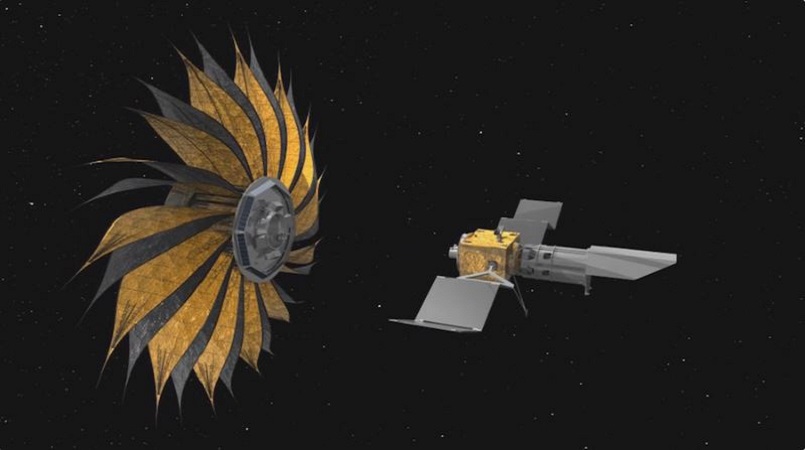
Every star like our very own star, the sun, have at least one planet orbiting around it.
Astronomers can currently detect planets outside our solar system through indirect methods like observing the changes in light from the distant stars when its planet passes across it. They have been doing this for more than 15 years, but unfortunately have not documented clear pictures of any exoplanets.
Firstly, even the closest star is several light years away. So when the astronomers observe these stars from an astronomical distance, their orbiting planets appear very close to the star. That defect disables the telescope from detecting them.
Secondly, the stars are billion times brighter than their planets, which makes viewing these planets nearly impossible. We reach for our sunglasses when the blinding sunlight shines into our eyes and that is exactly what NASA is doing. They are designing a huge pair of sunglasses for its telescope which will help them in capturing pictures of exoplanets.
The starshade, also known as external occulter, is a flower shaped spacecraft that will unfurl into around 111 feet diameters in size, and will fly in front of the telescope. The concave shape of the sharp petals will help absorb the direct starlight. And just like our sunglasses, it’ll block the light from the faraway stars from entering the telescope. This genius invention will make the orbiting exoplanets visible to the camera. The interesting part is that the starshade will position itself as much as 50,000kms away from the telescope. That’s almost four times the Earth’s diameters.
Prototypes of the said starshade have already been produced. An optical demonstration by the investigators was performed in 2015 across a 2-km stretch in Nevada. Some more demonstrations are said to take place this year. NASA’s engineers are very optimistic about this cutting-edge effort and believe it could be a key to discovering major exoplanets in future.
This magnificent technology will not only help astronomers take pictures of the exoplanets, but will also help them determine if those planets could support life like our home planet. “We’ll be able to show people a picture of a dot and explain that that’s another Earth,” says NASA.
